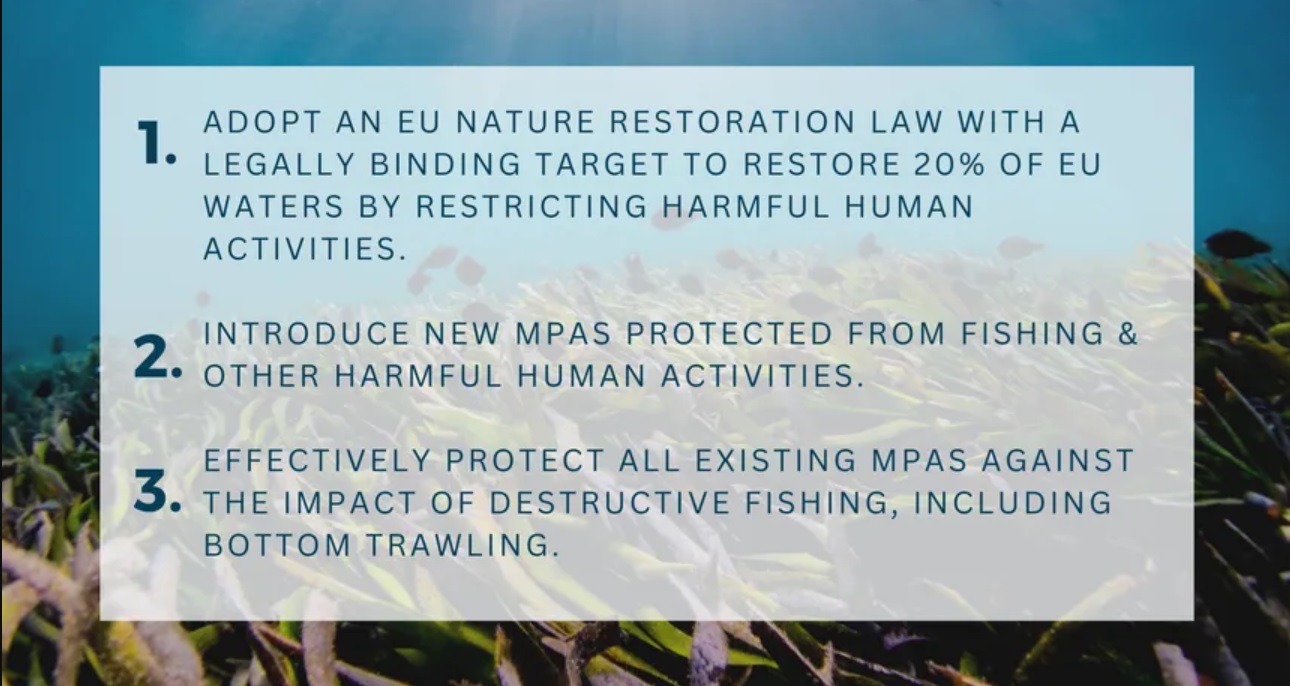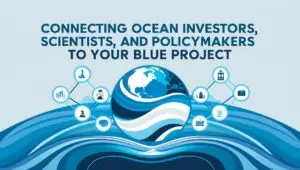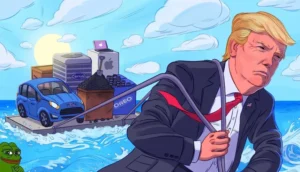Understanding Paper Parks and Investor Risk
Marine Protected Areas (MPAs) are a cornerstone of marine biodiversity protection and a significant asset in the blue economy. However, when MPAs lack adequate funding, management, or enforcement, they become ineffective—turning into paper parks.
These areas exist in name only, offering little real-world protection for marine ecosystems, posing a severe risk for wildlife investors looking to create a positive environmental impact while ensuring financial returns. For investors, paper parks represent a cautionary tale of ineffective conservation projects that fail to meet expected outcomes.
For those willing to invest in marine conservation, they are ensuring that their capital results in effective, measurable results is paramount. Unfortunately, investing in paper parks can lead to wasted resources, unfulfilled promises, and diminished trust in conservation funding mechanisms. Understanding the cognitive and economic risks involved in such underfunded MPAs is crucial for investors aiming to make informed and responsible choices.
Cognitive Barriers: The Psychological Hurdles in Conservation Investing
Investor hesitancy in marine conservation often stems from perceived risks—especially when it comes to underfunded MPAs. These risks can range from ecosystem degradation to lack of political or community support, usually influenced by psychological biases that make it difficult for investors to trust the long-term value of MPAs. Behavioral economics plays a critical role in this scenario, as cognitive biases like loss aversion (where the fear of losses outweighs the hope of potential gains) significantly deter investors.
For instance, an investor may be wary of supporting an MPA in a region where political instability could disrupt governance or enforcement measures are poorly implemented. The fear of these uncontrollable factors pushes many investors toward safer, more predictable projects. The same cognitive barriers apply when investors fail to see immediate financial returns or tangible ecological benefits from their contributions to conservation.
A good example is the Vaquita Refuge in Mexico, an MPA created to protect the critically endangered Vaquita porpoise. Despite being a designated refuge, the lack of enforcement led to continued illegal fishing and ecosystem degradation, making it a prime example of a paper park that failed to attract substantial investment due to perceived risks. The solution, however, lies not in avoidance but in developing strategies that mitigate these risks.
Solution: Policy-Backed Strategies and Risk Mitigation
To overcome these psychological and financial barriers, several targeted strategies can be implemented. These solutions reduce perceived risks, attract responsible investment, and transform underfunded MPAs into thriving conservation hubs.
- Transparent Funding Models: Investors need clarity on financial and ecological returns when funding MPAs. Structured financial mechanisms like blue bonds can provide guarantees, reducing perceived risks. For example, the Seychelles’ Blue Bond raised $15 million to support marine protection, offering a clear pathway for returns on investment while securing tangible environmental benefits. By structuring funding in a way that ties financial returns to the success of conservation efforts, investors can better align their risk-reward calculations with the ecological impact they aim to achieve.
- Involving Local Communities: One of the key factors in preventing MPAs from turning into paper parks is strong community engagement. Local communities should not only be stakeholders but active participants in the management and enforcement of MPAs. This local involvement ensures that the MPA has a direct connection to the livelihood of nearby populations. By integrating sustainable economic activities such as eco-tourism, investors can generate steady returns while ensuring the long-term viability of the MPA. In the case of the Raja Ampat Marine Park in Indonesia, community-led eco-tourism has provided sustainable income while simultaneously conserving the region’s biodiversity, making it an attractive investment model.
- Structured Governance and Public-Private Partnerships: MPAs with clear governance structures and accountability measures attract responsible investors. Public-private partnerships (PPPs) offer a viable model where governments, NGOs, and private investors share responsibility for the success of the MPA. For example, the Wildlife Conservation Bond issued by the World Bank allows private investors to support black rhino conservation in South Africa. The bond ties financial returns to the population growth of black rhinos, ensuring that investors benefit from conservation success. This structured approach not only boosts investor confidence but ensures that conservation goals are met in a financially sustainable way.
Takeaway: Turning Paper Parks into Investment Opportunities
Effective MPA governance backed by sound financial models is key to transforming paper parks into profitable, sustainable conservation investments. Wildlife investors who aim to make a difference—while ensuring returns—must shift their focus from the perceived risks to the real opportunities.
Transparent funding, strong local involvement, and solid governance structures are the pillars of successful MPAs that attract responsible investment. Addressing the psychological barriers of risk perception through structured investment strategies allows investors to confidently contribute to marine conservation efforts that yield ecological and financial dividends.
By adopting these solutions, investors can help turn underfunded, ineffective MPAs into thriving centers of biodiversity protection, ensuring that their capital contributes to a sustainable and profitable future for the blue economy.
Sources:
- Seychelles Ministry of Finance, Trade, and Economic Planning (2018). “Seychelles Blue Bond Initiative.”
- World Bank (2021). “Wildlife Conservation Bond for South Africa’s Black Rhinos.”
- UNESCO (2022). “Challenges and Opportunities of Marine Protected Areas in Developing Countries.”
- Marine Conservation Institute (2023). “Vaquita Refuge: A Case Study in MPA Ineffectiveness.




